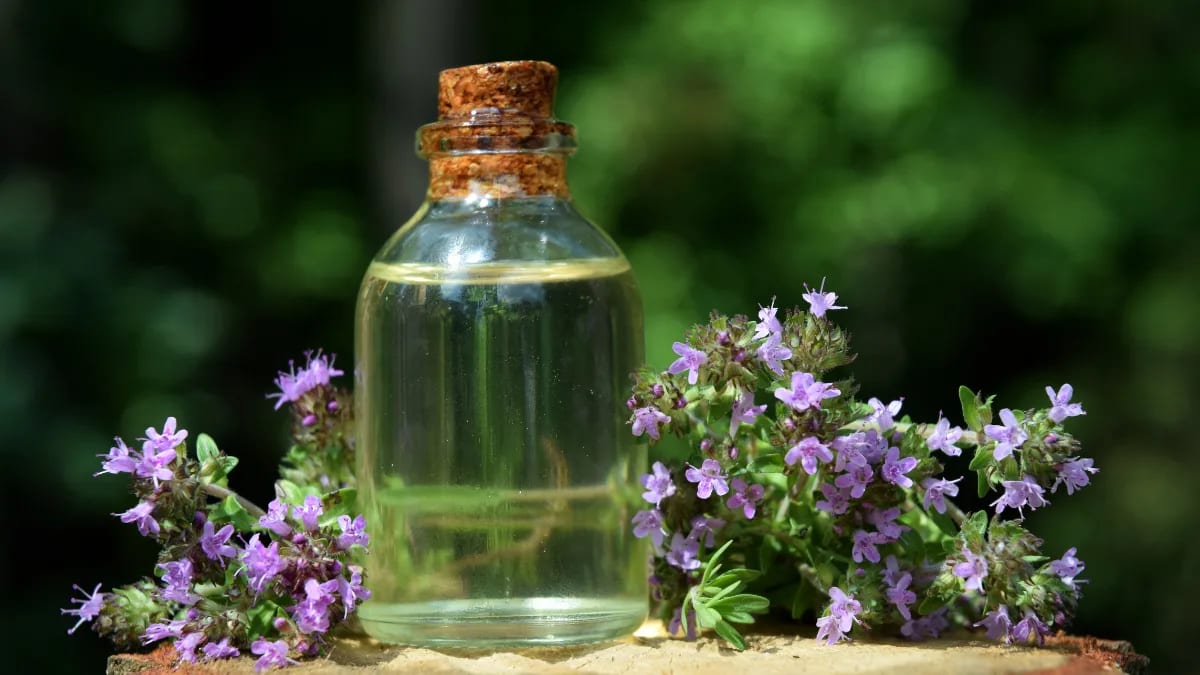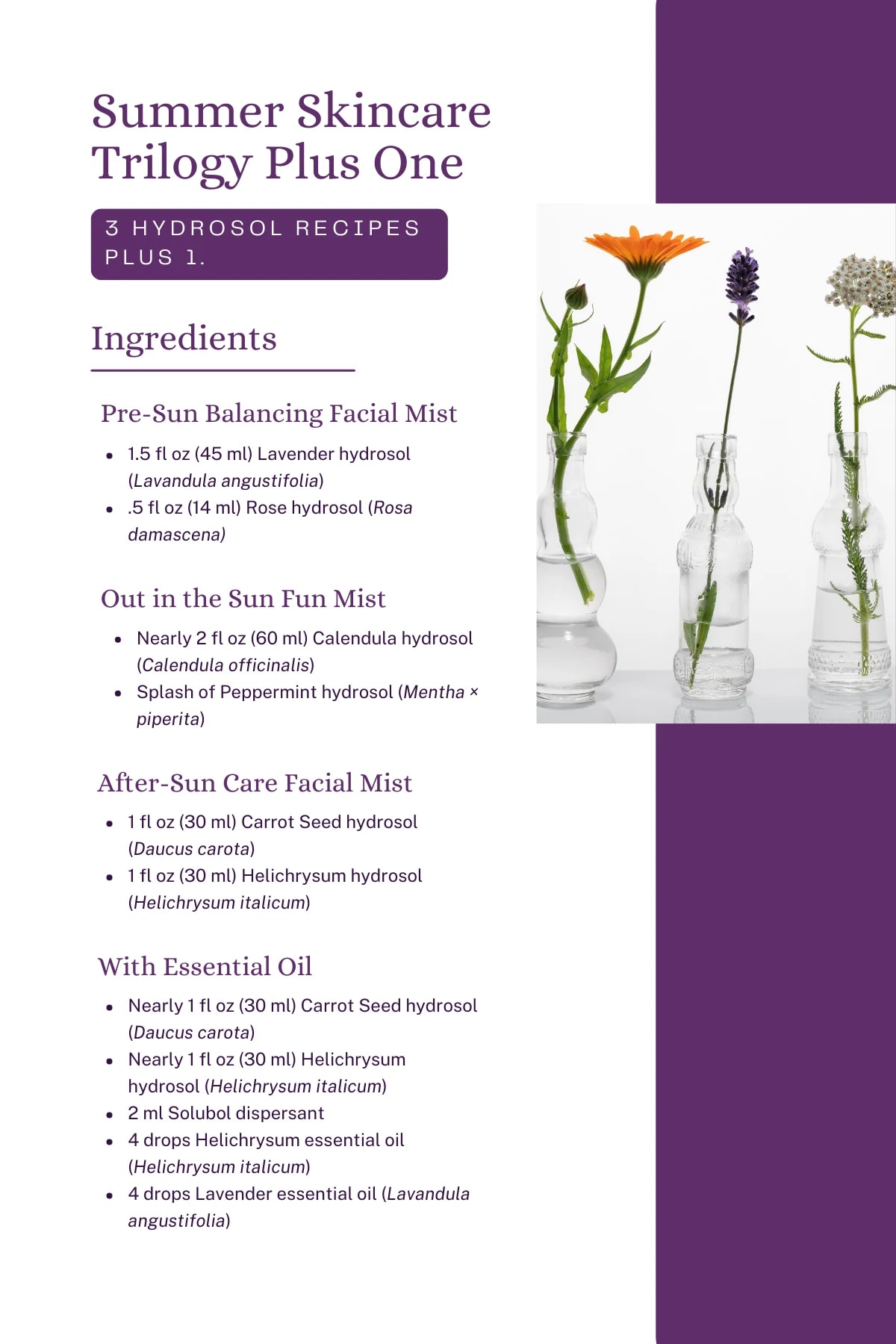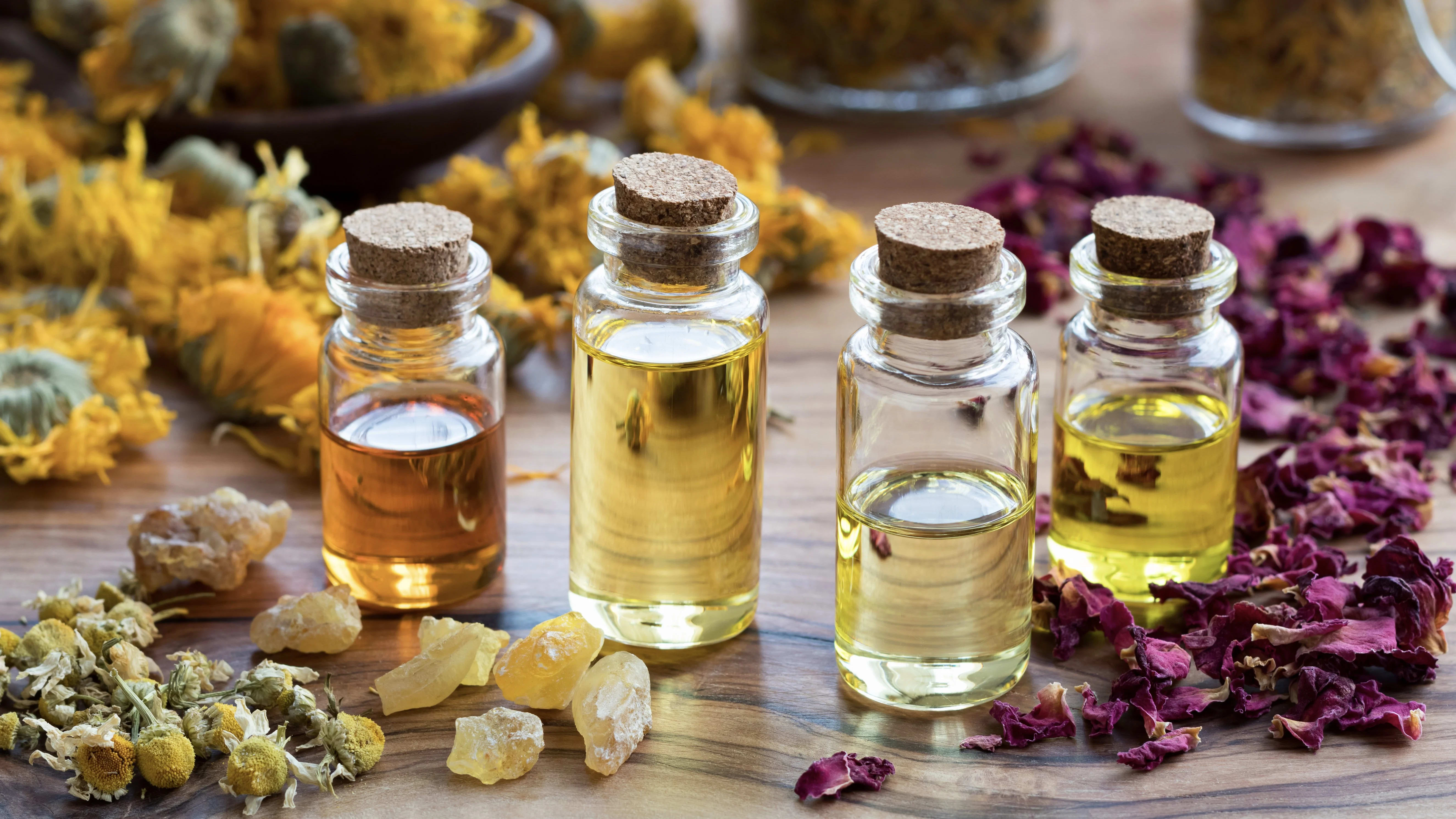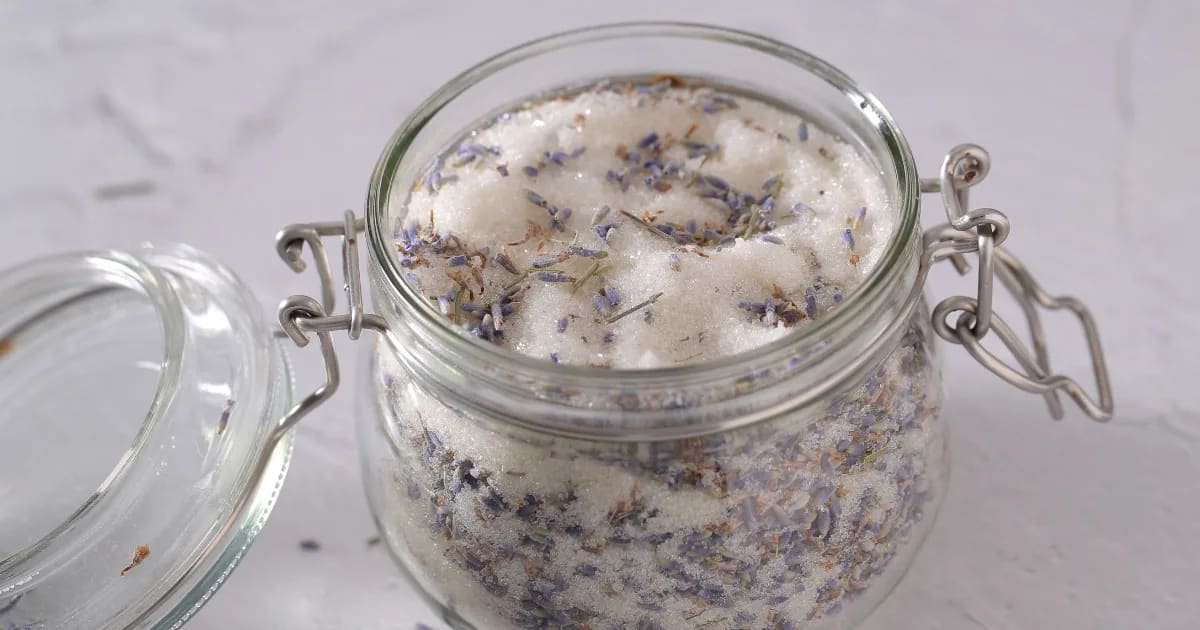Understanding Chemotypes in Aromatherapy: The Key to Safe and Effective Essential Oil Use

Introduction:
As we delve deeper into the world of essential oil safety, it becomes increasingly clear that the key to harnessing the full potential of these amazing botanicals lies in understanding exactly what we are using. As we continue our exploration of essential oil safety, we will examine a crucial yet often overlooked aspect: chemotypes, a fundamental element of aromatherapy that ensures both the efficacy and safety of essential oil practices.
The secret to unlocking the true power of essential oils rests in our understanding of how they work.
The Importance of Knowing Your Oils:
In aromatherapy, we harness the power of nature distilled into potent essential oils, not the whole herb. These oils are concentrated in tiny sacs on the plant, offering intense therapeutic benefits that are distinct from the herb itself.
This crucial difference means essential oils deliver a powerful therapeutic punch, far exceeding the mild effects of the whole plant. This is why we must know precisely what we're working with.
Understanding that essential oils are concentrated extracts, not the whole herb, is fundamental to using them safely and effectively.
Their potent nature demands careful consideration and knowledge to fully harness their benefits. Their intense concentration also sets essential oils apart from hydrosols, which are the aromatic waters produced during the distillation process, containing water-soluble components of the plant and a trace amount of essential oil, thus offering much milder therapeutic properties.
The true art and science of aromatherapy practice requires a deep understanding of these extracts, and an understanding of what a chemotype is. Essential oils are highly concentrated plant medicines, and knowing their chemotypes means understanding their unique chemical compositions and therapeutic properties, which is crucial for their safe and effective application.
What is a Chemotype?
Chemotypes are distinct chemical variations found within the same plant species, influenced by environmental factors like climate, soil, and altitude. These variations result in essential oils with different therapeutic properties, even though they are from the same plant species. In the context of aromatherapy, this knowledge is essential for selecting the right oil for the right purpose, ensuring that the chosen oil aligns with the intended therapeutic goals and safety considerations.
Knowing the chemotype of an essential oil ensures precise and effective application, tailored to individual needs and health goals.
Not all plants produce chemotypes - only certain ones! One of the plants that does have several chemotypes is Thyme (Thymus vulgaris), and I will use it to demonstrate the importance of being aware of how chemotypes change the therapeutic applications and safety concerns of an essential oil from the same plant.
Thyme Chemotypes: An Example:
In the Mediterranean, Thyme (Thymus vulgaris) exhibits a splendid diversity of chemotypes, influenced by the region's varied climates and terrains. The stark contrast between the coastal areas and the mountainous regions of the Mediterranean provides a vivid illustration of how environmental factors shape the chemotypes of Thyme. We will look at two specific chemotypes.
Thyme ct thymol (Thymus vulgaris ct thymol):
Found along the arid, sun-drenched Mediterranean coastlines, Thyme ct thymol is a testament to the herb’s adaptability. This chemotype, with its robust and energizing nature, mirrors the intense coastal environment. Here are some of its properties:
Invigorating sharp, herbal aroma
Potent anti-infectious properties
Suitable for short-term use
Energizing
"Hot" nature that has specific safety guidelines and is not recommended for children.
Thyme ct linalool (Thymus vulgaris ct. linalool)
High in the serene, mountainous regions, Thyme ct linalool thrives, and its gentler properties embody the calm of the Mediterranean highlands.
Unlike its thymol counterpart, Thyme ct linalool offers a soothing, cooling effect, making it ideal for sensitive skin and long-term use.
Its mild nature and skin-friendly properties make it a safe choice for children, providing immune support without harshness.
The gentle, pleasant aroma of Thyme ct linalool promotes relaxation, aiding in achieving restful sleep and emotional balance.
The Significance of Understanding Chemotypes:
Grasping the concept of chemotypes is more than an academic pursuit; it’s a critical component of practicing aromatherapy with intention and safety. Thyme’s chemotypes vividly demonstrate how the same plant species can yield vastly different essential oils, each with very different therapeutic uses and safety profiles.
My Personal Take Away
Because our essential oils are so powerful, if you are using essential oils and/or making products for yourself or others, understanding the specific chemotypes of Thyme essential oil is a crucial safety aspect everyone should know. It's not just about the aroma; it's about ensuring safe and effective therapeutic effects, especially when using essential oils topically or through diffusion. Knowing the chemotype of Thyme makes all the difference in harnessing its full potential for wellness while minimizing any potential risks.
What I've discussed is just the beginning. Chemotypes are such a critical topic that I've dedicated an entire webinar to delving deeper into them, showcasing how understanding chemotypes elevates us to become even more proficient as essential oil experts. This is a FREE webinar and I am excited to have you join me! Save your complimentary spot now on the Chemotype webinar below!






